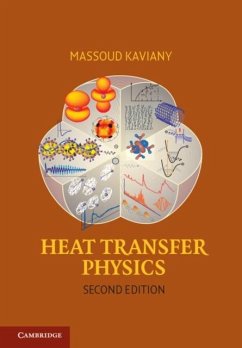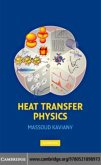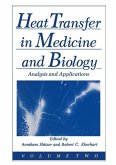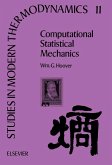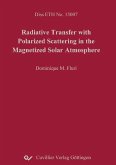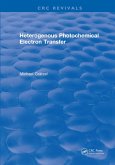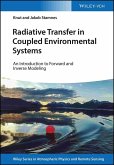This graduate textbook describes atomic-level kinetics (mechanisms and rates) of thermal energy storage, transport (conduction, convection, and radiation), and transformation (various energy conversions) by principal energy carriers. The approach combines the fundamentals of molecular orbitals-potentials, statistical thermodynamics, computational molecular dynamics, quantum energy states, transport theories, solid-state and fluid-state physics, and quantum optics. The textbook presents a unified theory, over fine-structure/molecular-dynamics/Boltzmann/macroscopic length and time scales, of heat transfer kinetics in terms of transition rates and relaxation times, and its modern applications, including nano- and microscale size effects. Numerous examples, illustrations, and homework problems with answers that enhance learning are included. This new edition includes applications in energy conversion (including chemical bond, nuclear, and solar), expanded examples of size effects, inclusion of junction quantum transport, and discussion of graphene and its phonon and electronic conductances. New appendix coverage of Phonon Contributions Seebeck Coefficient and Monte Carlo Methods are also included.
Dieser Download kann aus rechtlichen Gründen nur mit Rechnungsadresse in A, B, BG, CY, CZ, D, DK, EW, E, FIN, F, GR, HR, H, IRL, I, LT, L, LR, M, NL, PL, P, R, S, SLO, SK ausgeliefert werden.

